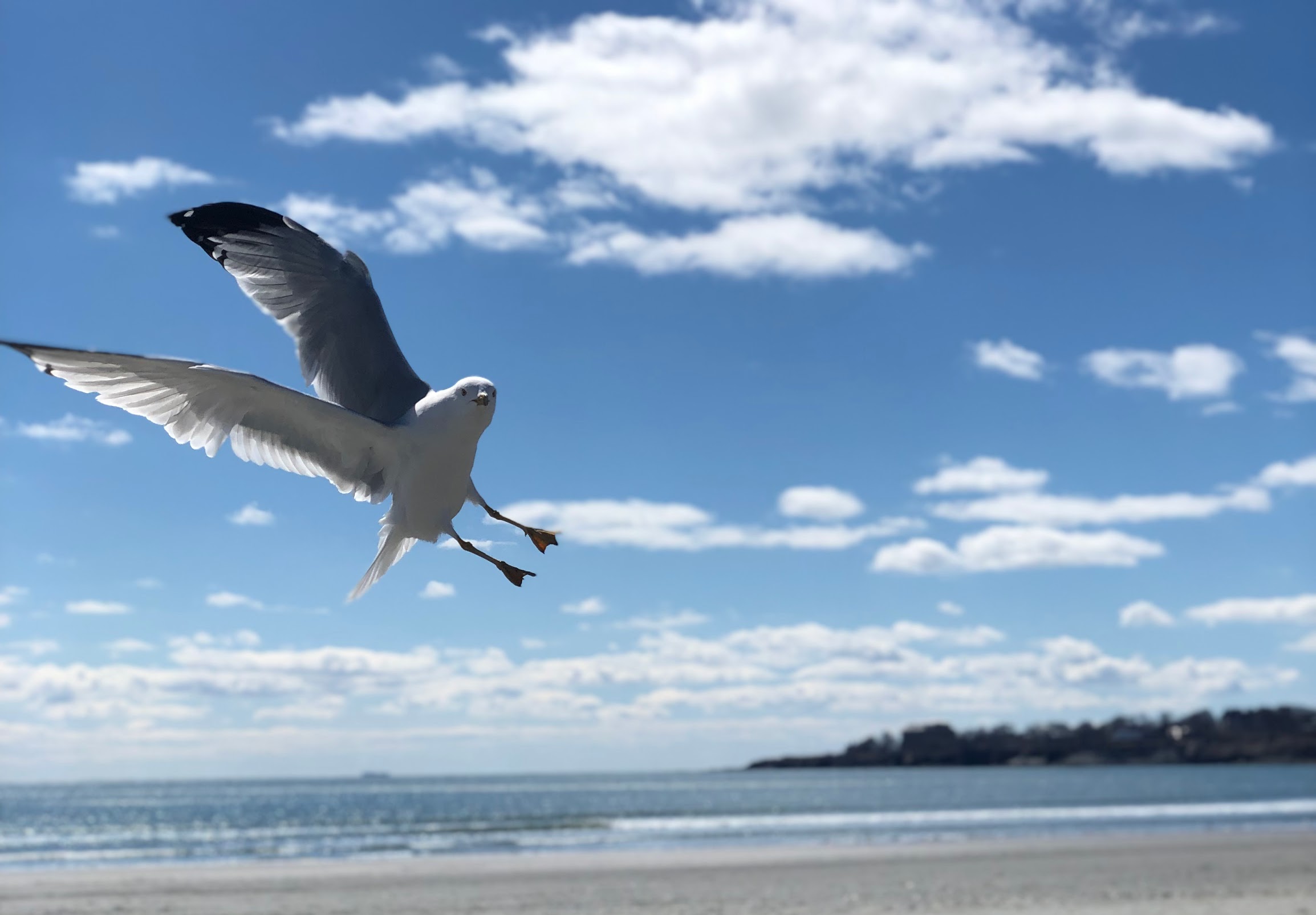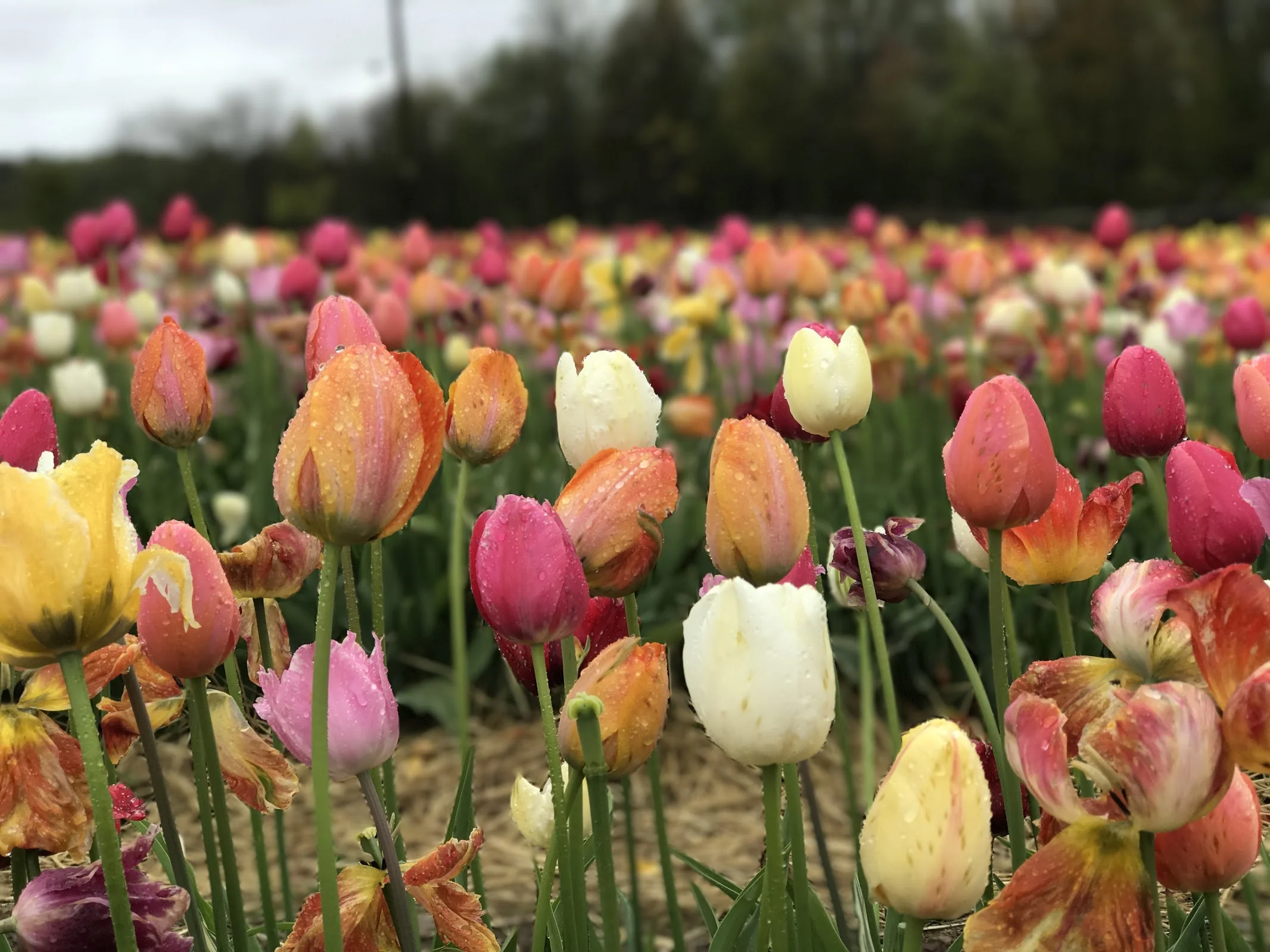Seabirds
When I saw this beautiful seagull at Second Beach in Newport, Rhode Island I said a little prayer…it was something along the lines of “travel safe and be healthy little buddy”. These prayers aren’t out of the ordinary for me. I pass along these well-wishes daily because I am aware of the grim reality behind the life of a seabird.
Did you know it’s estimated that 90% of all seabirds have swallowed plastic? This statistic overwhelms me to no end. It’s not entirely shocking either given the fact that 8 million tons of plastic enter our oceans each year. Seabirds pick up these plastics from oceans around the world because they mistake the debris for food. The most common plastic items that are found in the stomachs of deceased seabirds include pieces of plastic bags, bottle caps, synthetic fibers, and microplastics.
The part of this problem that overwhelms me most is that seabirds are simply trying to survive. They are out there hunting and gathering for themselves and their offspring. So when a seabird ingests plastics, it’s safe to say that there’s a good chance they are bringing it to their babies too. Sure, there might be some food in the mix that will help the babies grow, but eventually their stomachs will fill up with plastic debris and they will no longer be able to digest food. You can probably guess the end result.
It’s not just the seabirds that are negatively impacted by our actions. Back in March, a cuvier beaked whale washed up in the Philippines with an alarming 88 pounds of trash in its’ stomach, including 16 rice sacks. The young whale died from having a stomach full of garbage. Sounds horrific, right? It didn’t stop there. This April another whale washed up in Italy, only this time the whale had 50 pounds of plastic in her belly and she was carrying her dead baby whale. Unfortunately, tragedies like these aren’t going to stop happening anytime soon.
As humans, it is our responsibility to take care of our environment and its’ inhabitants. We need to do our best to ensure the quality of life for all species now and for years to come.
Sure, the beaches in New England look pristine when you are comparing them to the mass of trash accumulating in the Great Pacific Garbage Patch, but 80% of the floating debris comes from the lands of North America and Asia. Although we may not see it everyday, I’ll remind you, we have a huge problem.
We must remember that plastic never breaks down, it only breaks up. It breaks up into millions and millions of tiny little pieces to the point where even plankton are eating plastics. And the food chain continues…the plankton eats the microplastics, the small fish eat the plankton, the big fish eat the small fish, and then we eat the fish. Or the fish just go right for the plastic.
There are so many times that I contemplate the point of participating in beach cleanups and picking up trash in the neighborhood regularly. It’s easy to feel hopeless when you are facing a problem that is larger than life, but beach cleanups help keep plastics and garbage out of the ocean and out of the bellies of seabirds and other marine life.
For the love of the seabirds, I urge you to please get out there and do something.
Click the image of the Tulips below to check out the April cleanup calendar!
Here you will find several cleanups that are taking place during the month of April throughout Rhode Island. These cleanups will be hosted by wonderful organizations like Clean Ocean Access and Save The Bay. This calendar will be updated monthly, so be sure to check back. If you know of a cleanup that is not listed, drop me a line at audrey@whalestrailsandales.com and I will add it!


